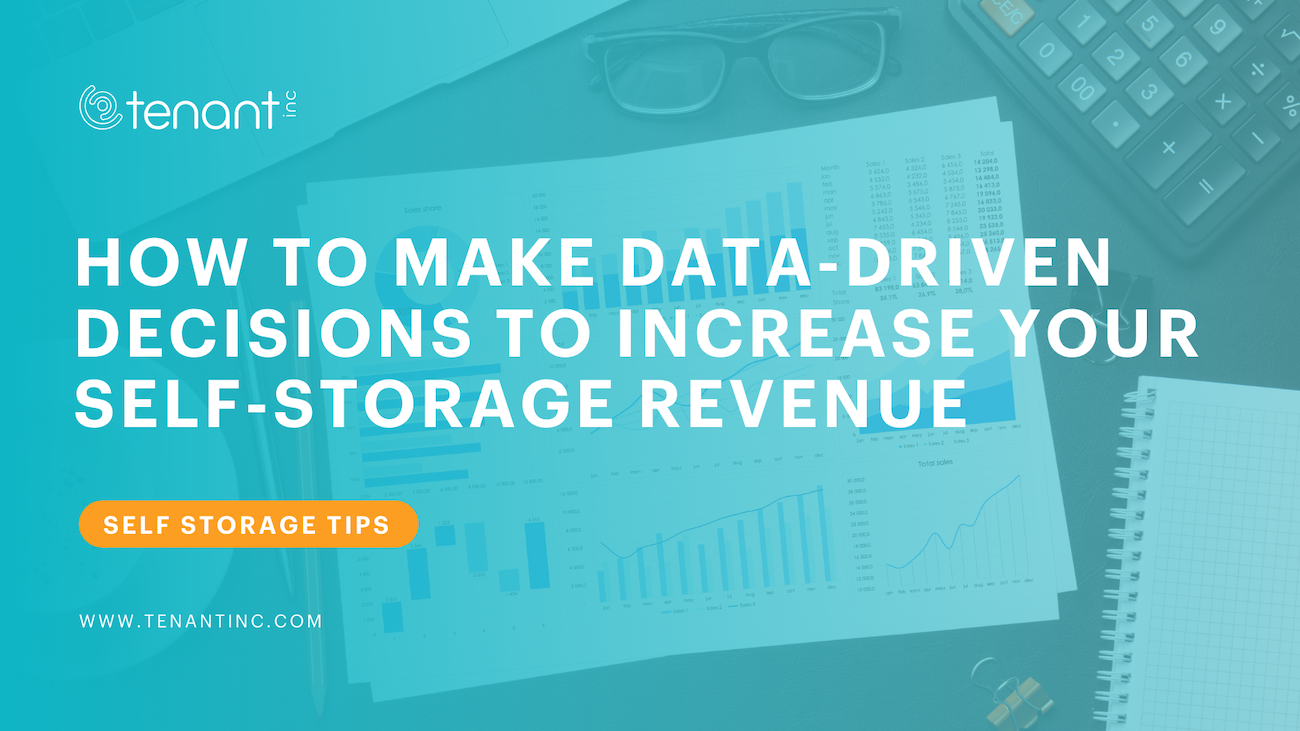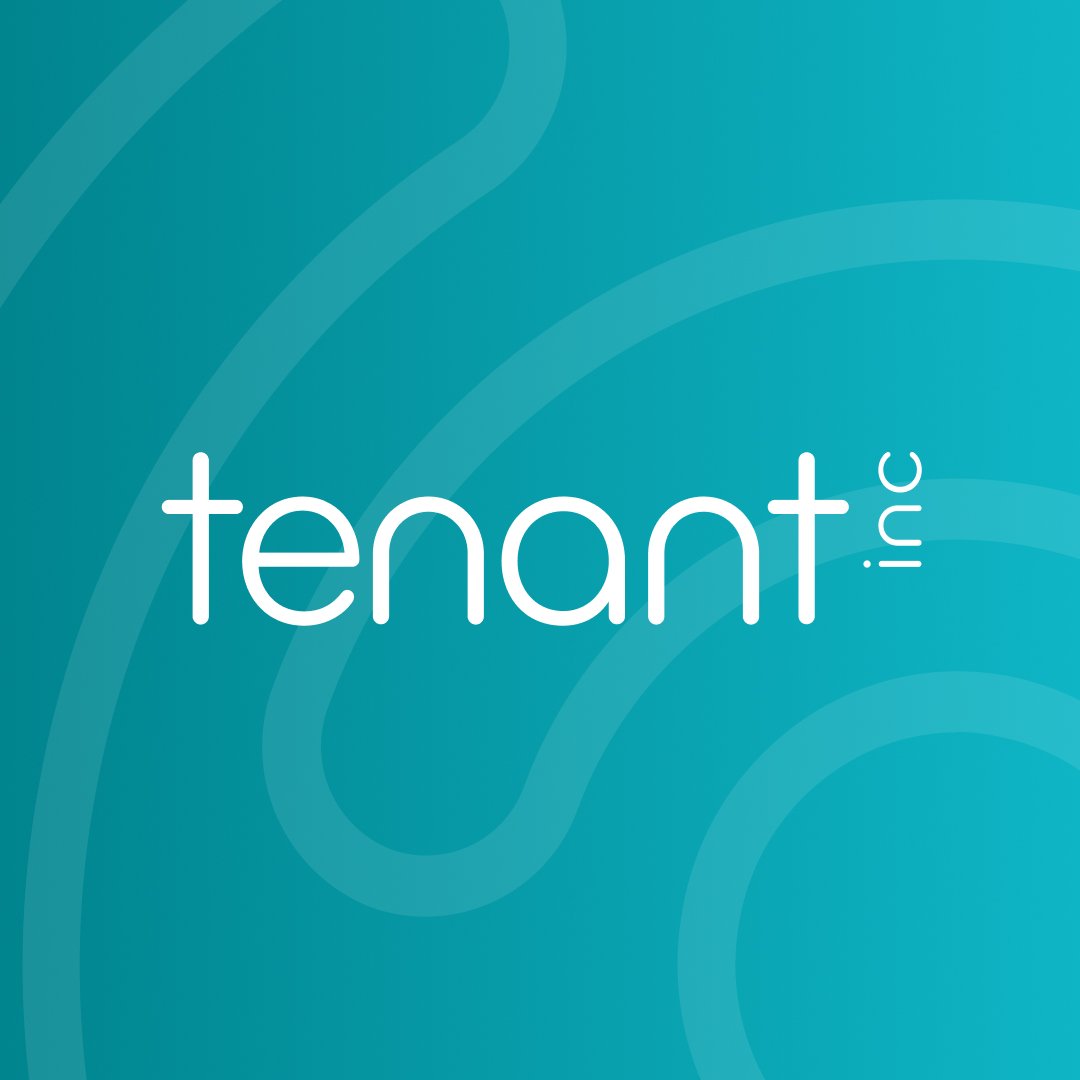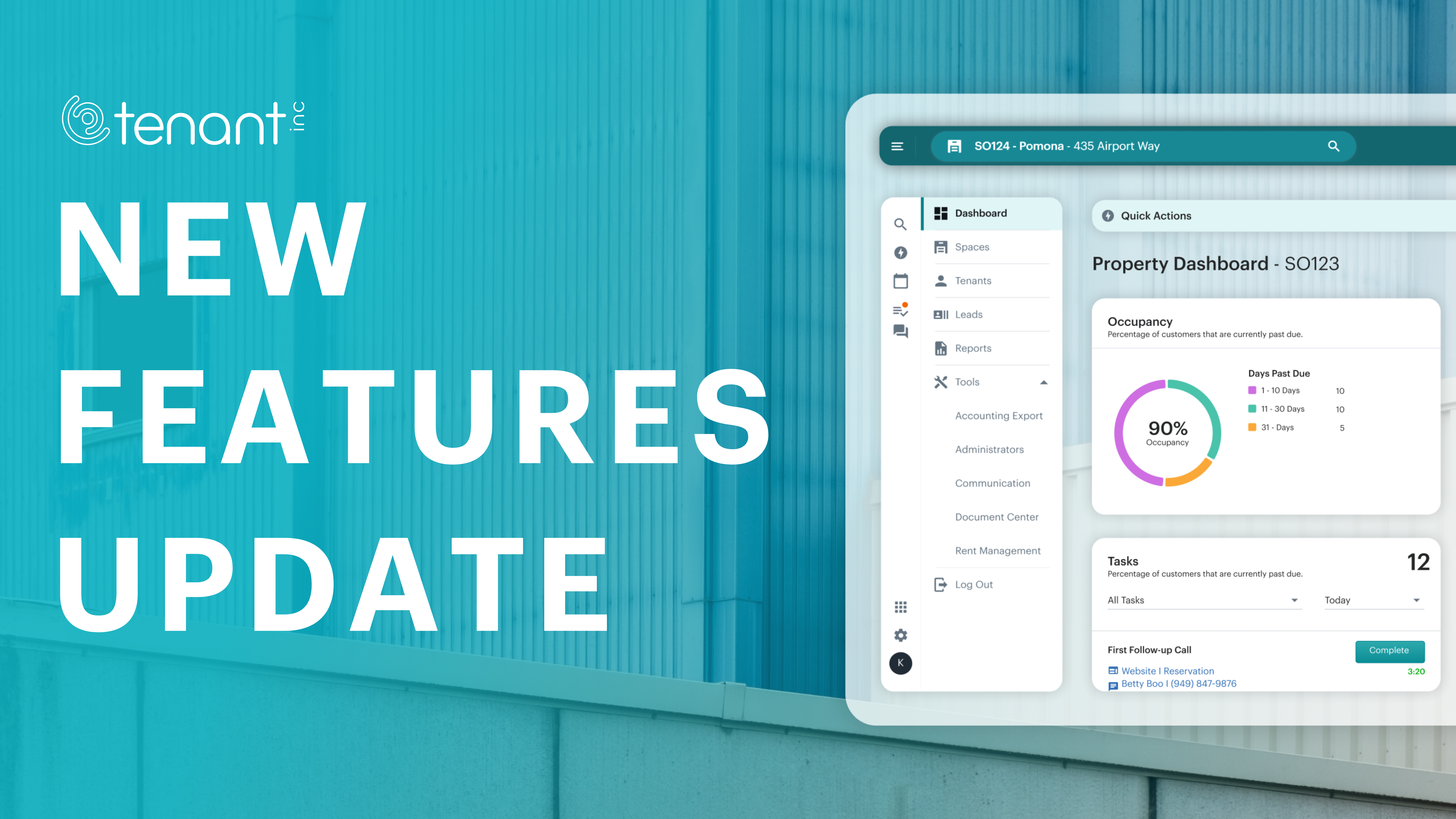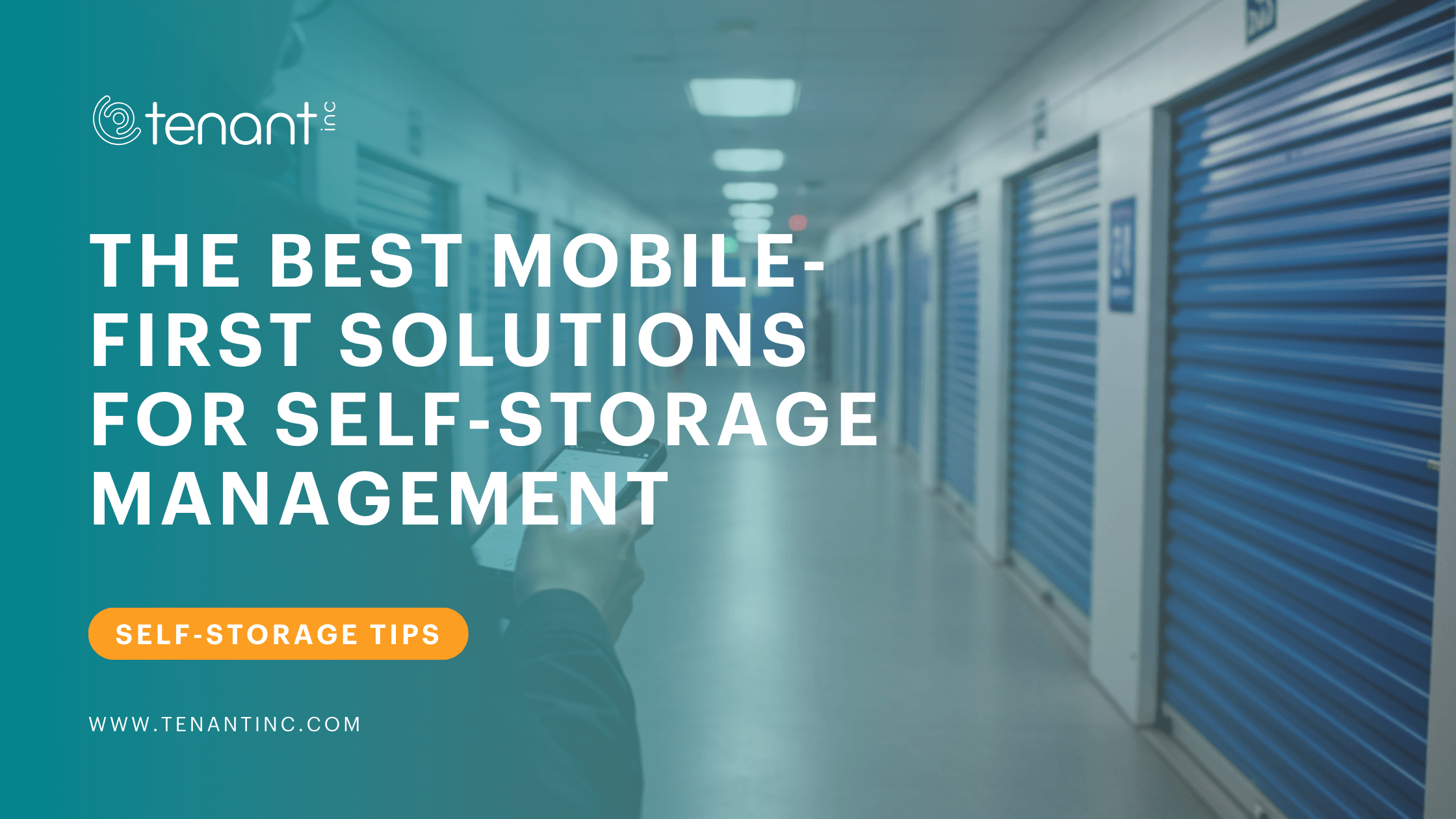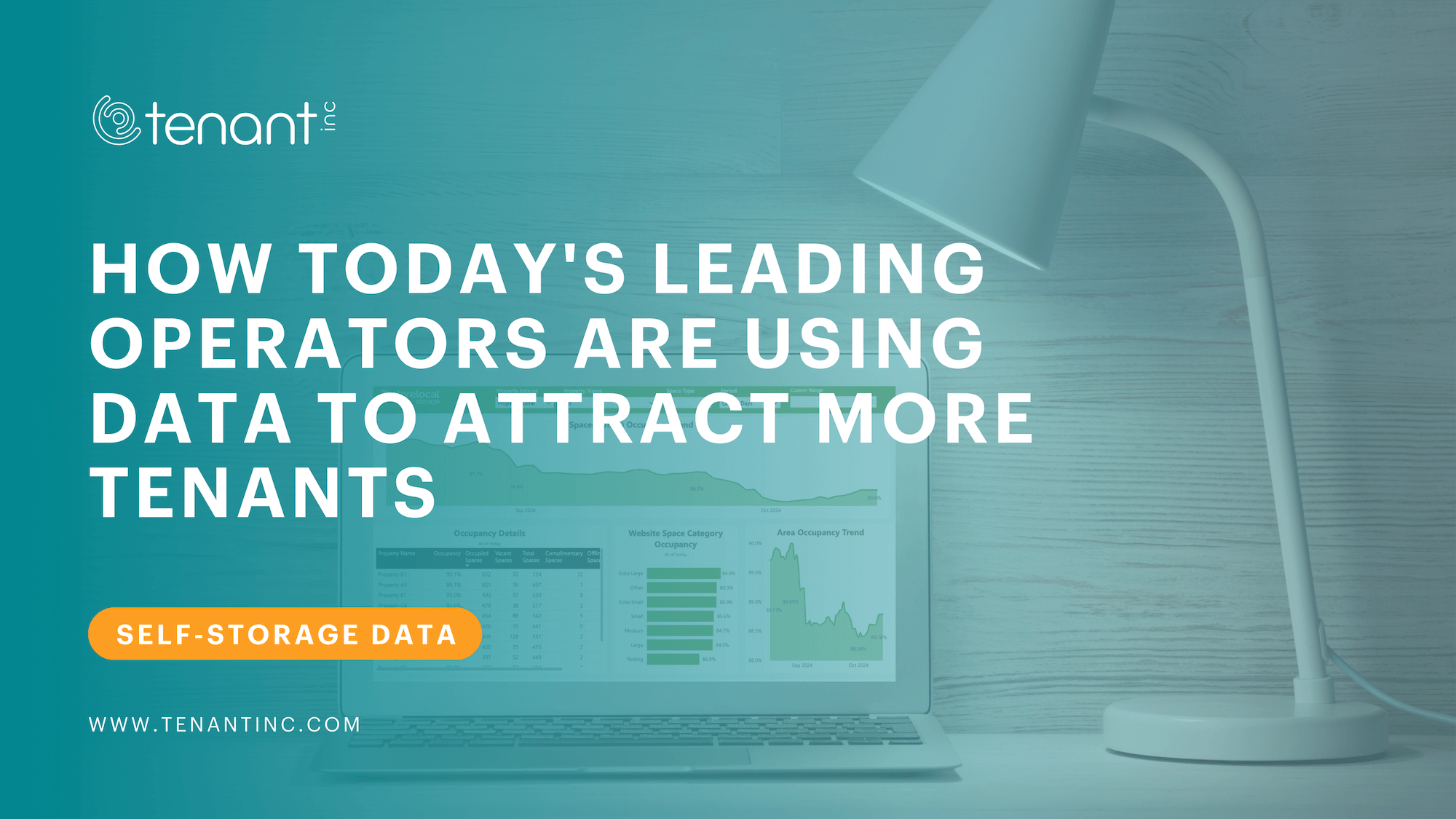With data playing an ever-more vital role in business, self-storage operators are turning to data-driven insights to improve operational efficiency and enhance the tenant experience. Have you ever viewed an airline ticket, closed out of your browser, just to go back later and find the ticket price has increased? It’s frustrating, but no coincidence. Businesses all over, in every industry, are using data to identify critical trends, areas of improvement, and customer behavior to make more informed and accurate business decisions that drive revenue.
Step 1: Master Data Ownership
There’s an abundance of data made available to self-storage operators through their Property Management Software (PMS). With Data Ownership, you can mine your data and use it to influence your facility’s profitability. This gives you complete access and control over the insights flowing through your business and makes the opportunity for mining value endless.
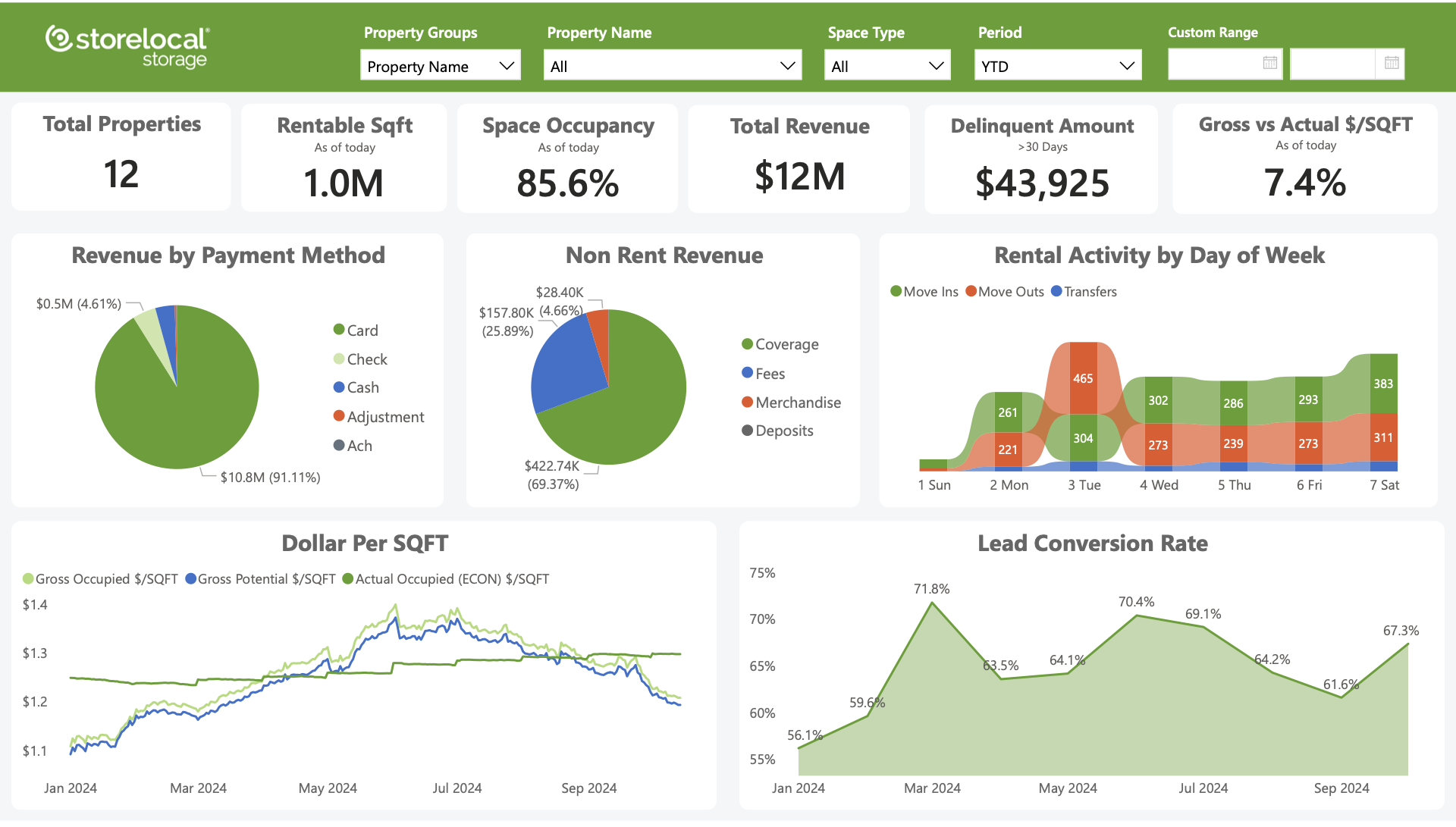
Step 2: Identify critical trends, areas of improvement, and customer behavior
Your PMS will help you collect relevant self-storage data, such as critical trends, areas of improvement, and customer behavior, which can all be leveraged to make more informed and accurate business decisions. Of course, the more integrated your product ecosystem is, the more insights you’ll have access to and the more granular you can get with revenue management.

Step 3: Use insights to drive business decisions that influence revenue
The insights you find can be used around your automated storage facility to influence your self-storage revenue in various ways, such as optimizing unit prices, managing occupancy rates, customizing staffing levels, refining operations, and so much more:
- Unit Pricing: The frequency of tenant visitation can be used to customize your rental rates. If you have a tenant coming to your facility multiple times a week, you may want to consider charging them a higher rate since they’re putting extra wear and tear on your facility and products. You can also consider charging higher rates if a tenant wants 24/7 access to the property vs. standard business-hour access.
- Staffing Levels: Patterns in site activity can help determine property use and labor allocation. Take a look at which hours of operation are busiest vs. which are slowest. Consider what staffing levels will satisfy customer needs during those times. For example, if you find that very few tenants are accessing your self-storage facility between the hours of 8-10 AM, you may not need to have employees on-site during that time.
- Occupancy Rates: Today's leading PMS systems allow you to control your rates, which means you can automate rents based on occupancy and even set triggers for promotions when needed. Consider increasing rental rates for unit sizes above 85% occupancy and running promotions for less popular unit sizes and selections.
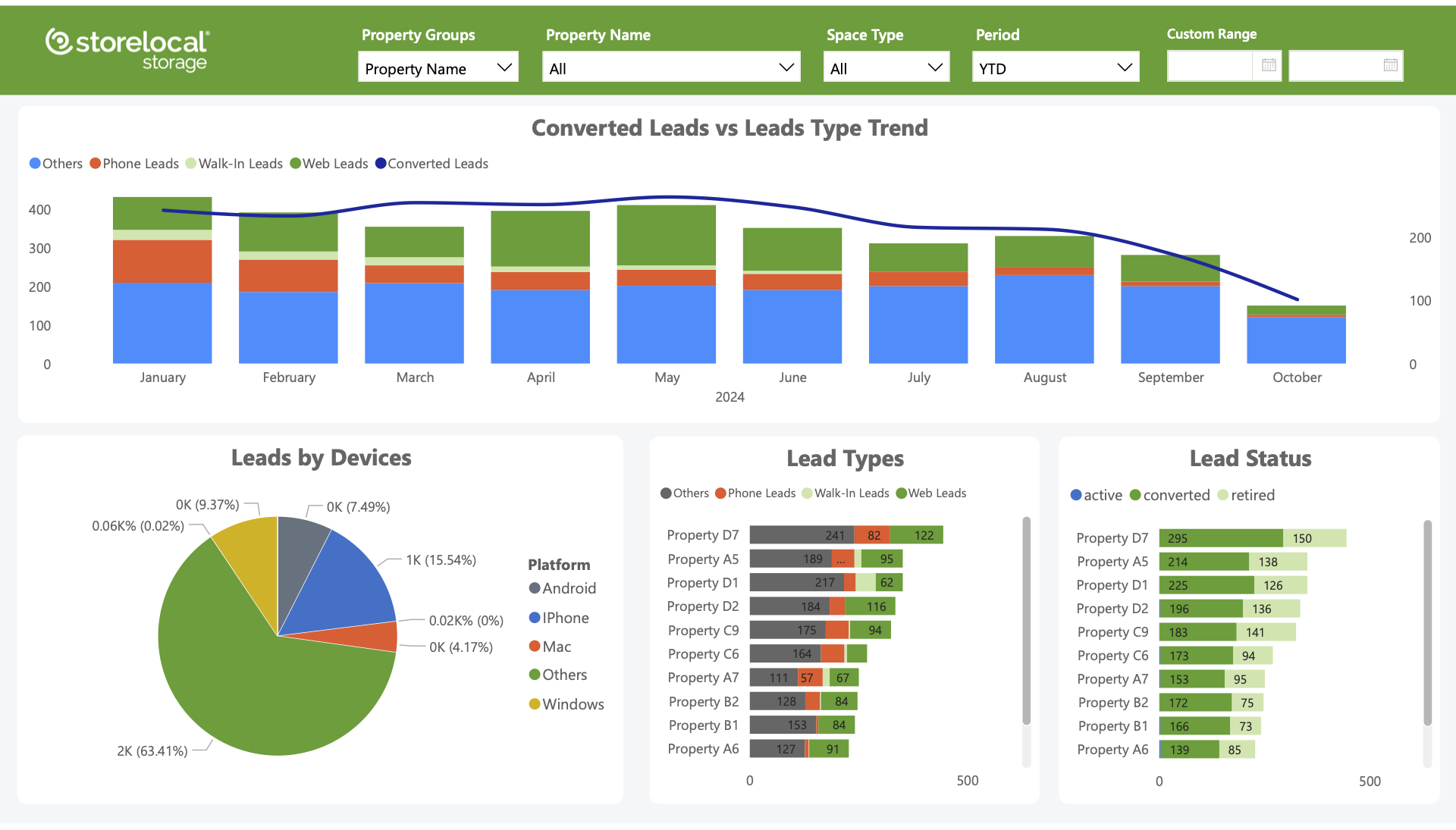
Final Thoughts
The act of collecting self-storage data is simply not enough. Owning your facility’s data and using it to make strategic business decisions that drive your self-storage revenue is the key to running a successful business in today’s market. When the opportunity for mining value is endless, you’ll be sure to maintain a competitive advantage in your market. Stay in control of your facility’s profitability by making data-driven decisions.
Ready to turn your self-storage data into profits? Schedule a demo today!
